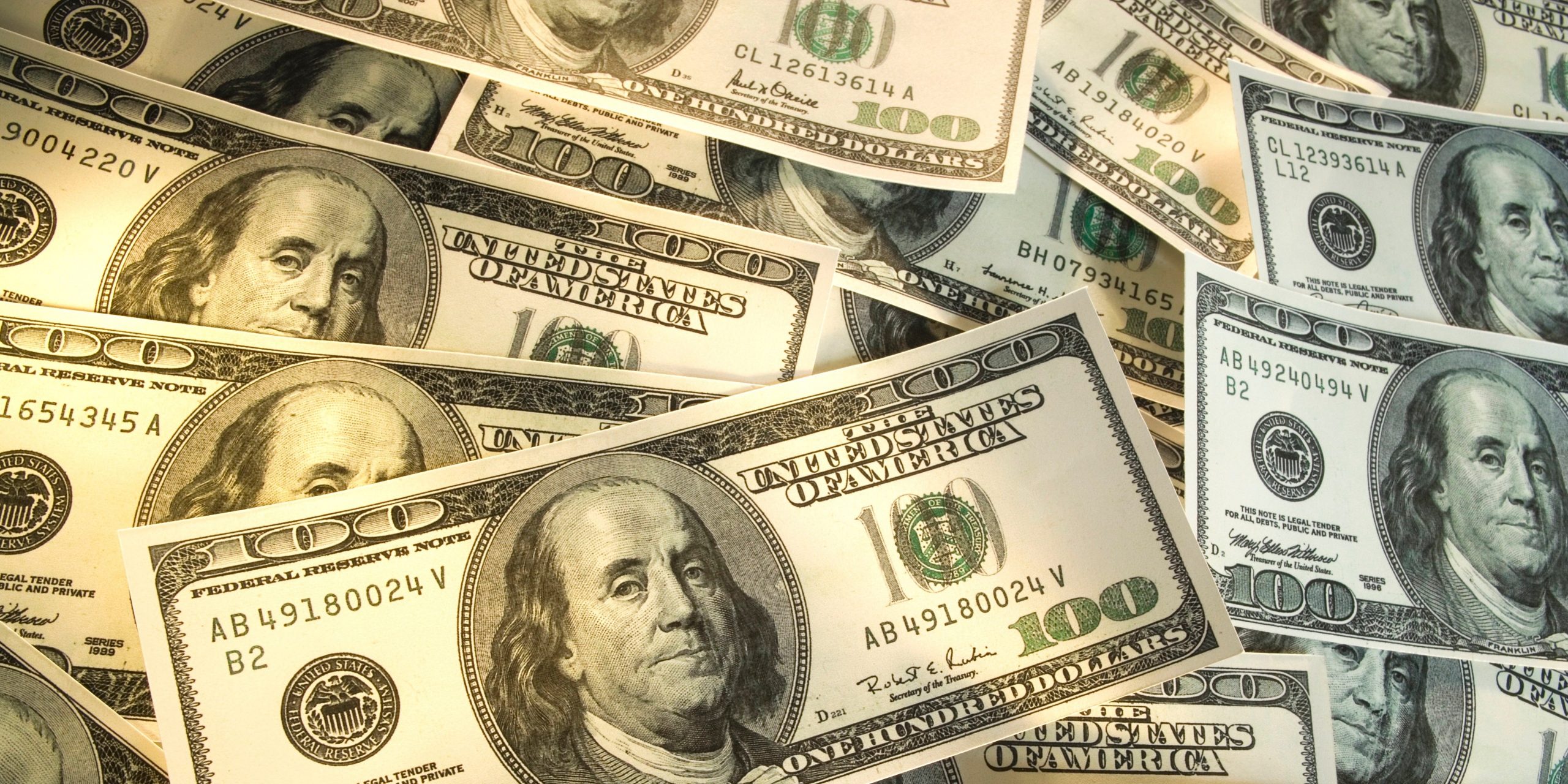
- The yield on the 10-year Treasury note was nearning 1.374%, which would mark the highest level since February 2020.
- Yields have been surging as investors sell off bonds on expectations that recovery in the US economy will lead to higher inflation.
- Bonds are looking undervalued against stocks, says Bank of America
- Visit the Business section of Insider for more stories.
The 10-year Treasury yield pushed close to its highest level in a year on Monday, as the outlook for economic recovery prompted investors to continue selling bonds and search for higher-yielding assets.
The yield hit 1.352%, just shy of a 12-month high of 1.374% logged on Feb. 24, 2020.
The yield on the note has climbed about 43 basis points since the start of the year when it was at 0.92%. Yields rise when prices fall.
The move is part of a broader rise in global bond yields that reflects expectations for further economic recovery and a related pickup in inflation as the COVID-19 pandemic subsides.
The latest signal of growth in the US economy arrived Monday from the Conference Board. The business think-think said its Leading Economic Index rose by 0.5% in January to 110.3, better than the 0.3% consensus estimate from Economy.
"As the vaccination campaign against COVID-19 accelerates, labor markets and overall growth are likely to continue improving through the rest of this year as well," said Ataman Ozyildirim, the Conference Board's senior director of economic research, in a statement. The group now expects the US economy to expand by 4.4% in 2021 following its contraction of 3.5% in 2020.
The 10-year breakeven inflation rate, which measures the market's inflation expectations, was at 2.14% and recently hit its highest level since 2014, according to Bloomberg data. The breakeven rate is the difference in yield between 10-year Treasuries and 10-year Treasury Inflation-Protected Securities, or TIPS.
Bank of America on Monday said US yields have already reached its year-ahead targets, including the 10-year surpassing 1.30% and the 30-year bond yield above 2.16%.
"This is now realized, but it is over? The biggest risks to current trends include the long-term support levels nearby (yield resistance)," the investment bank said in a note Monday. As well, weekly resistance strength indexes are "starting to flash oversold" signs and bonds are looking undervalued against small-cap stocks "similar to the dot com and [Global Financial Crisis] era," it said.
Investors ditching bonds have been putting money broadly into equities, fueling a 15% year-to-date surge in the Russell 2000 index of small-cap stocks.